flourescent replacement - LED's
dadgardens
12 years ago
Related Stories

LIGHTINGWhat to Know About Switching to LED Lightbulbs
If you’ve been thinking about changing over to LEDs but aren't sure how to do it and which to buy, this story is for you
Full Story
LIGHTINGThe Lowdown on High-Efficiency LED Lighting
Learn about LED tapes, ropes, pucks and more to create a flexible and energy-efficient lighting design that looks great
Full Story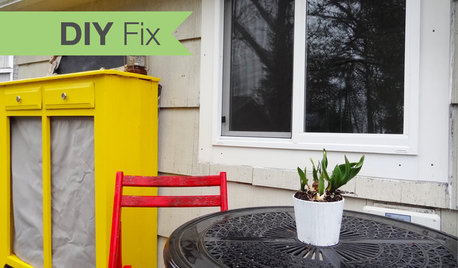
Replace Your Windows and Save Money — a How-to Guide
Reduce drafts to lower heating bills by swapping out old panes for new, in this DIY project for handy homeowners
Full Story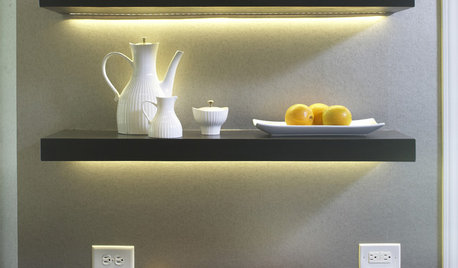
KITCHEN DESIGN12 Ways to Light Your Kitchen With LEDs
See how to use new energy-saving lights to illuminate your kitchen, light a countertop and add style, too
Full Story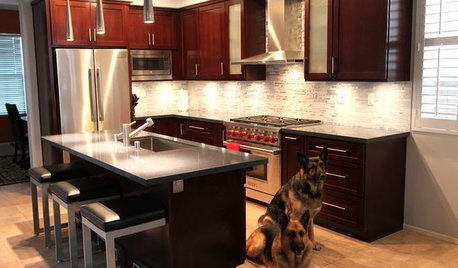
BEFORE AND AFTERSReader Project: California Kitchen Joins the Dark Side
Dark cabinets and countertops replace peeling and cracking all-white versions in this sleek update
Full Story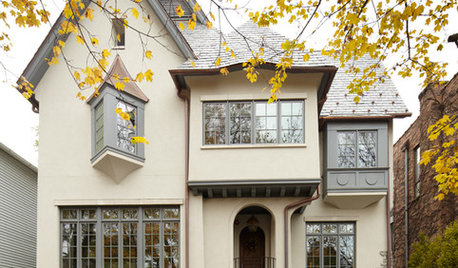
HOUSEKEEPINGHow to Tackle Your Home To-Dos
Make quick work of minor repairs and replacements with this thorough, step-by-step approach
Full Story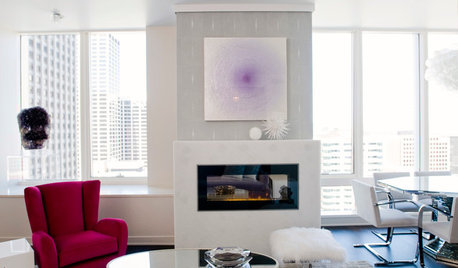
CONTEMPORARY HOMESHouzz Tour: Unboxing a San Francisco Condo
Feminine glam replaces boxy and boring in a remodeled luxury condominium with a view
Full Story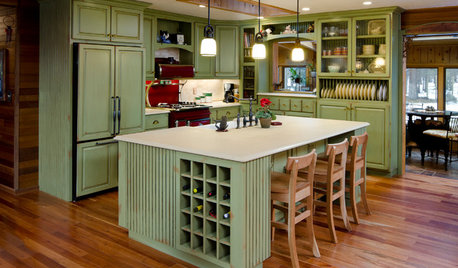
MOST POPULARHow to Reface Your Old Kitchen Cabinets
Find out what’s involved in updating your cabinets by refinishing or replacing doors and drawers
Full Story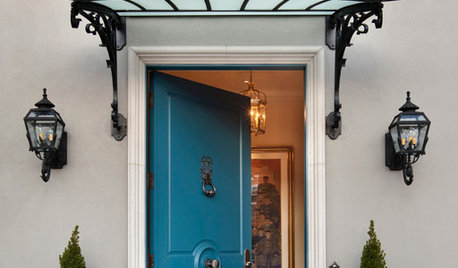
GREAT HOME PROJECTSMake a Push for a New Doorbell
Is it time to replace a doorbell or even add a door intercom or video system? Installation may be easier than you think
Full Story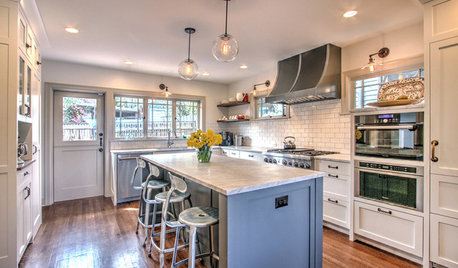
BEFORE AND AFTERSMore Storage and Light for a Seattle Kitchen
Removing walls and replacing dysfunctional features give a kitchen a bright look and better function
Full StoryMore Discussions







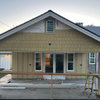
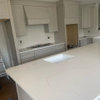
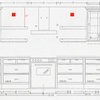
David
triphase
Related Professionals
Pearland Lighting · Fuquay Varina Lighting · Kearny Furniture & Accessories · Fillmore Furniture & Accessories · Cusseta Interior Designers & Decorators · Linton Hall Interior Designers & Decorators · Mount Laurel Interior Designers & Decorators · Liberty Township Interior Designers & Decorators · Athens Decks, Patios & Outdoor Enclosures · Brookfield Decks, Patios & Outdoor Enclosures · Cary Decks, Patios & Outdoor Enclosures · Palo Alto Decks, Patios & Outdoor Enclosures · Stafford Decks, Patios & Outdoor Enclosures · Vandalia Decks, Patios & Outdoor Enclosures · Westford Decks, Patios & Outdoor EnclosuresDavid
triphase
David
triphase
dadgardensOriginal Author
triphase
David
David
DavidR
dadgardensOriginal Author
DavidR
dadgardensOriginal Author
DavidR
dadgardensOriginal Author
dadgardensOriginal Author
dadgardensOriginal Author
David
dadgardensOriginal Author
cebury
cebury
ionized_gw